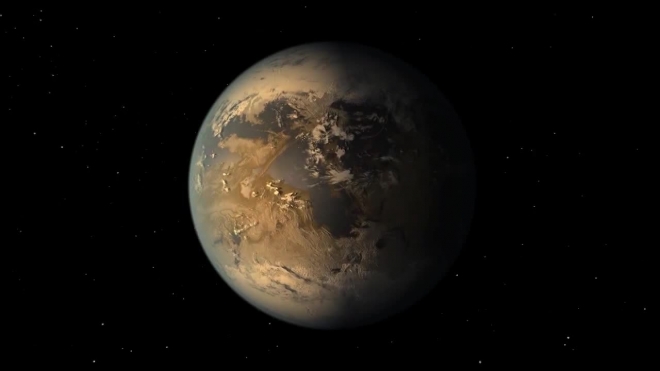Second Earth Exoplanet Found In Old Kepler Data

Astronomers are proud to present a recent discovery that bears a striking resemblance to the Earth, having an exciting series of resources very similar to ours. The impressive development of the second Earth exoplanet was made with the help of a dead space telescope – Kepler. The planet was named Kepler-1649c and is a rocky world with a surface only six percent bigger than our world.
The findings were published in the Astrophysical Journal Letters at the beginning of April. The planet is located in the habitable area, orbiting around a red dwarf star. Given its location in the solar system, the world could form potentially life-supporting conditions for liquid water and respectively life.
Up until now, there has been no evidence of the existence of aliens on Kepler-1649c, but this does not mean that their presence is impossible. The name of the planet derives from the Kepler/K2 telescope that played an essential role in the discovery of this planet.
Kepler Data Revealed a Possible Second Earth Exoplanet
The Kepler telescope helped researchers during its four-year mission to analyze over 200.000 new stars before its deadline. Initially, Kepler-1649c was categorized as a false favorable planet due to a computer error in the system. Thankfully, a team of researchers decided to give Kepler-1649c a second chance, and the study provided valuable information in the end.
The co-author of the paper, Jeff Coughlin, declared to Forbes that Kepler-1649c is the most similar planet to Earth in terms of temperatures and size that was ever discovered throughout the history. What is even more incredible is that the finding such a piece of resourceful information took seven more years after the error in NASA’s database.
Kepler-1649c, the second Earth exoplanet, is located at 300 light-years away from our planet. The scientists are analyzing the potential of the M-dwarf star that the planet is orbiting since the scientists are not sure regarding the hospitality of these higher-mass stars to support life.
M-dwarf stars are lower-mass stars ; below orange-dwarfs on the H-R scale .
The habitability of their planets is highly suspect , due to tidal-locking and extreme radiation .
D.H.